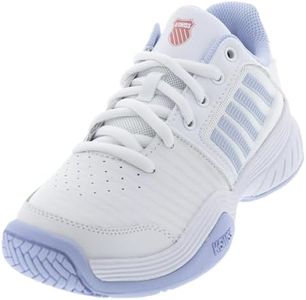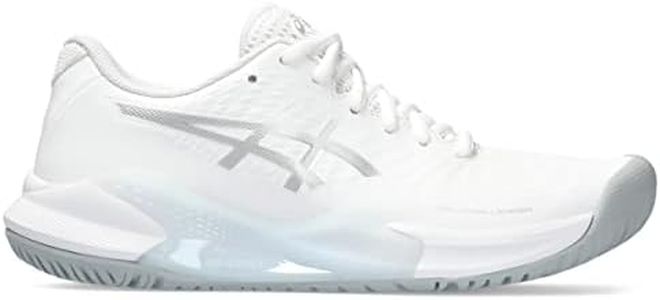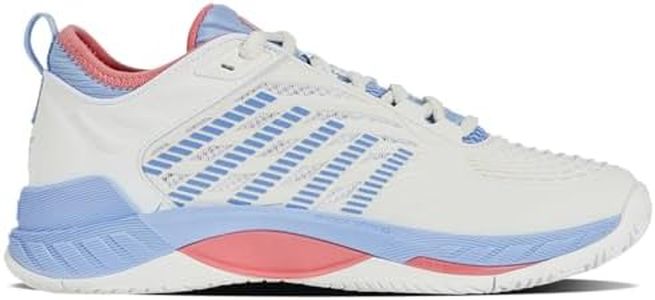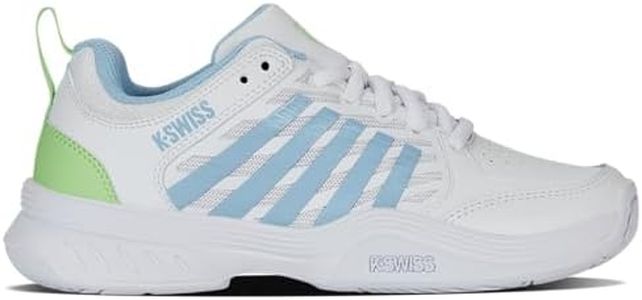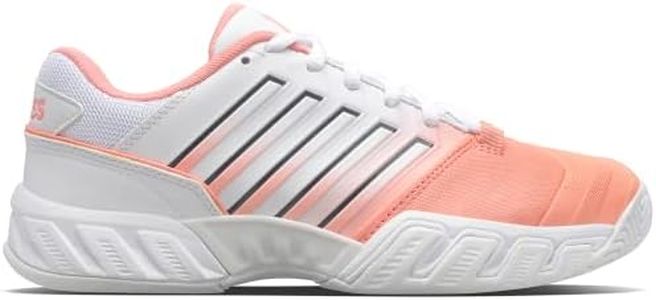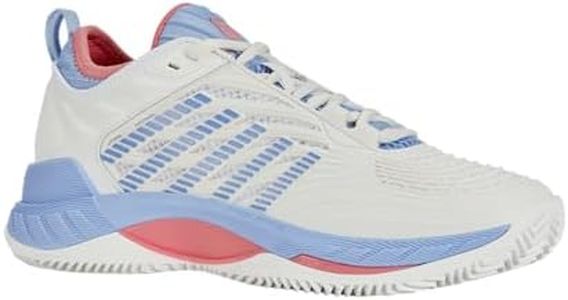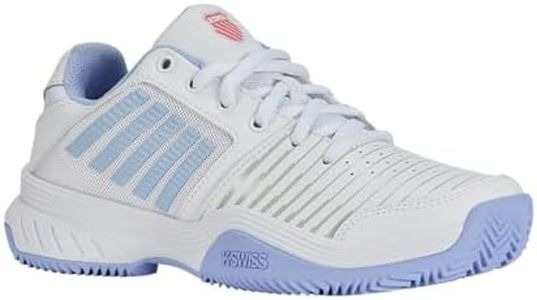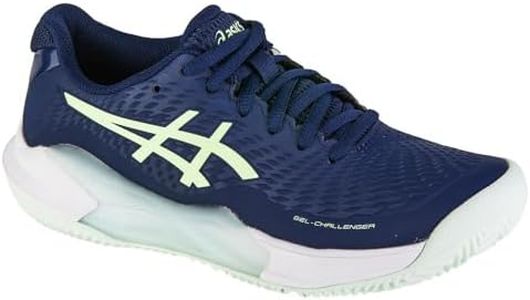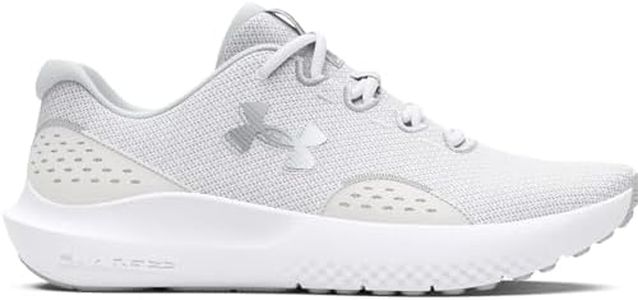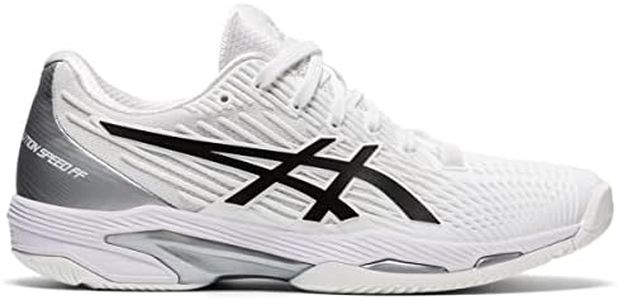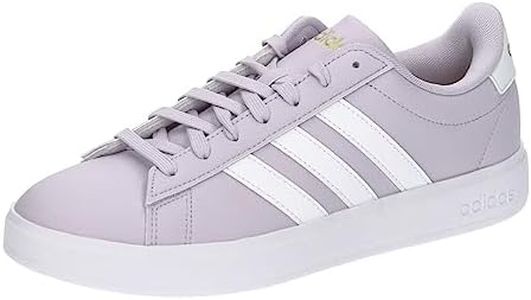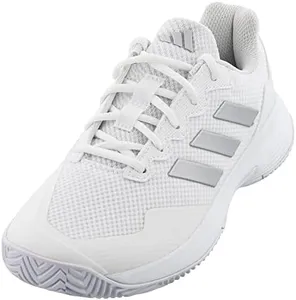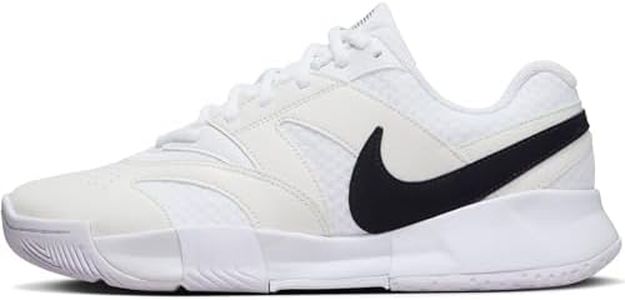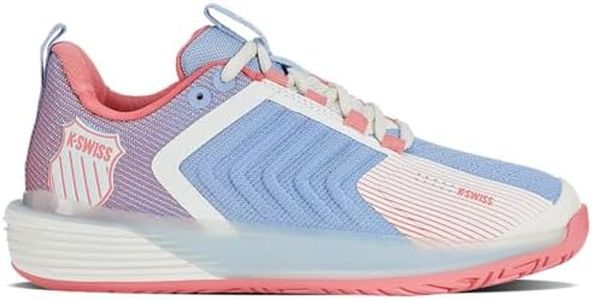We Use CookiesWe use cookies to enhance the security, performance,
functionality and for analytical and promotional activities. By continuing to browse this site you
are agreeing to our privacy policy
10 Best Women Tennis Shoes
From leading brands and best sellers available on the web.Buying Guide for the Best Women Tennis Shoes
Choosing the right women’s tennis shoes is crucial whether you're new to the game or a seasoned player, as it greatly influences your comfort, support, and performance on the court. The best approach is to understand your physical needs and playing habits, ensuring the shoes match your style and the type of courts you play on. Start by figuring out your foot type and the conditions in which you’ll be using them most frequently, then compare shoe features accordingly.Court Surface CompatibilityCourt surface compatibility signifies whether the shoes are designed for hard courts, clay courts, grass, or offer all-court versatility. This matters because each court type affects traction, stability, and wear differently. Hard court shoes are durable with extra cushioning, clay court shoes feature herringbone tread for grip and prevent clay from getting stuck, and grass court shoes typically have nubs for proper traction. Consider where you'll play most often; if mainly on one type of court, buy shoes tailored to that surface, but for varied courts, all-court shoes are a flexible option.
Cushioning and SupportCushioning and support refer to the level of padding underfoot and the structure provided around your foot, which influences comfort and injury prevention. Shoes with ample cushioning absorb shock from frequent stops and starts, which is ideal for hard courts and aggressive play, while lighter options may suit those valuing speed over maximum softness. Evaluate how much support your feet need – if you have a history of foot pain or play long matches, go for maximum support, but if you prefer a lighter feel and fast movement, less bulky models may suit you.
Foot Type AccommodationEveryone has a different foot shape—whether wide, narrow, flat, or arched. Shoes that accommodate your particular foot type will fit well, preventing blisters and discomfort, and can help enhance your performance. Some brands offer wide or narrow options, and you can check for descriptions like 'arch support' for high arches or 'stability' for flat feet. If you’re unsure about your foot type, try tracing your wet footprint or consult a fitting expert; prioritize a snug (never tight) fit for best comfort and control.
Weight of the ShoeThe weight of tennis shoes affects how quick and agile you feel on court versus how protected you are from impact. Lighter shoes enhance speed and maneuverability, making them excellent for players who rely on quick footwork, while heavier shoes tend to offer more protection, stability, and durability for players who prioritize support. Consider your playing style: if you’re fast and like to move side-to-side quickly, lean towards lightweight; if you value protection and play lengthy matches, a sturdier, slightly heavier shoe may be better.
DurabilityDurability describes how long your shoes will last given frequent play and court abrasiveness. Durable shoes have reinforced soles and toe guards to withstand the wear from hard courts and dragging movements. If you play often or primarily on rough courts, durability should be a top priority to avoid replacing shoes frequently. If you play less often or on softer courts, you might prefer a lighter and more flexible shoe, even if it wears out a bit faster.
BreathabilityBreathability refers to how well the shoes allow airflow, keeping your feet cool and comfortable during intense matches or in warm conditions. Shoes made with mesh uppers are usually more breathable, while those with more synthetic overlays are less so but may provide extra support. If you play in hot climates or tend to sweat, prioritize shoes with good ventilation; if you play indoors or in cooler settings, breathability is less critical.
